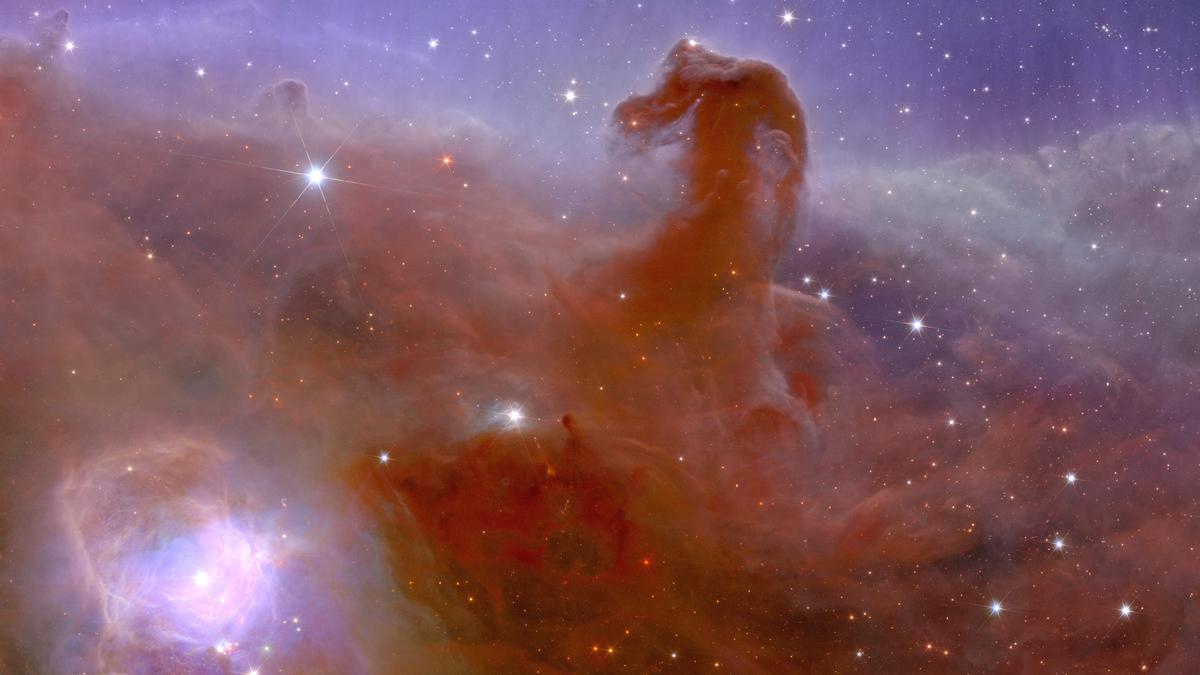
Star-filled Euclid images spur mission to probe 'dark universe'
The Hindu
European astronomers on Tuesday released the first images from the newly launched Euclid space telescope, designed to unlock the secrets of dark matter and dark energy - hidden forces thought to make up 95% of the universe
European astronomers on Tuesday released the first images from the newly launched Euclid space telescope, designed to unlock the secrets of dark matter and dark energy - hidden forces thought to make up 95% of the universe.
The European Space Agency, which leads the six-year mission with NASA as a partner, said the images were the sharpest of their kind, showcasing the telescope's ability to monitor billions of galaxies up to 10 billion light years away.
The images spanned four areas of the relatively nearby universe, including 1,000 galaxies belonging to the massive Perseus cluster just 240 million light years away, and more than 100,000 galaxies spread out in the background, ESA said.
Scientists believe vast, seemingly organised structures such as Perseus could only have formed if dark matter exists.
"We think we understand only 5% of the universe: that's the matter that we can see," ESA's science director Carole Mundell told Reuters.
"The rest of the universe we call dark because it doesn't produce light in the normal electromagnetic spectrum. But we know its effect because we see the effect on visible matter."
Tell-tale signs of the hidden force exerted by dark matter include galaxies rotating more quickly than scientists would expect from the amount of visible matter that can be detected.

The Leela Palace Chennai presents the seven edition of Shefs at The Leela in collaboration with ‘Dean With Us’ — the mother-daughter duo of Rupali and Akansha Dean. The event honours the transformative role of Indian women chefs who are shaping the future of gastronomy. After past editions hosted across Bengaluru, Gurugram, Chennai, and Jaipur, the seventh edition in Chennai will bring together four women chefs — Sambhavi Joshi, Taiyaba Ali, Sehaj Ghuman and Bunuma Patagiri, who will bring their years of expertise into curating a menu that speaks both of their work and India’s diverse culinary heritage.





















 Run 3 Space | Play Space Running Game
Run 3 Space | Play Space Running Game Traffic Jam 3D | Online Racing Game
Traffic Jam 3D | Online Racing Game Duck Hunt | Play Old Classic Game
Duck Hunt | Play Old Classic Game










